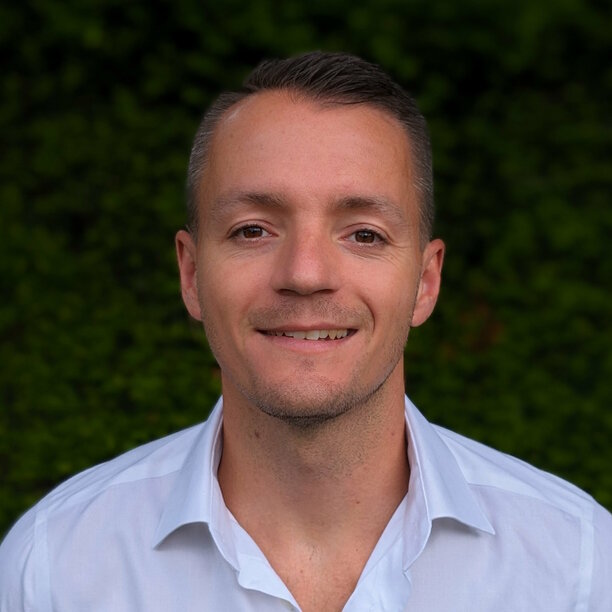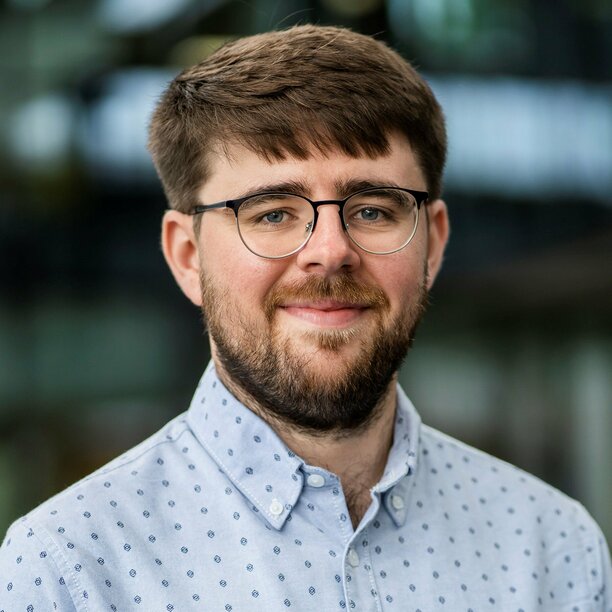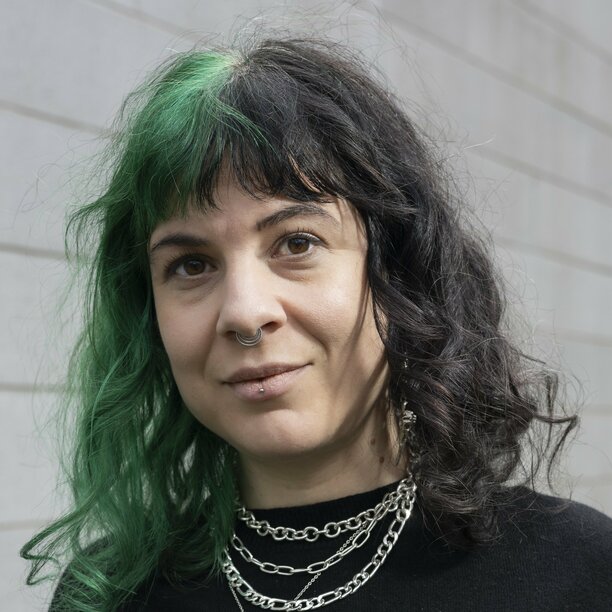TU/e Science Award: Young researcher nominees
Bart Macco
APPLIED PHYSICS AND SCIENCE EDUCATION
Nominated for: Enabling record-quality semiconductors through deep understanding of atomic-scale processing.
“Semiconductors are the magic behind solar cells, chips and the AI boom. By atomic-scale innovations in nanomaterials, I strive for impact in billions of devices.“


Cian Scannell
BIOMEDICAL ENGINEERING
Nominated for: Development of AI-based solutions for cardiac MRI analysis that have proven to enhance clinical care
"I want more patients to get personalised treatment, more quickly, with less cost to the healthcare system. To achieve this, I am developing artificial intelligence to automatically quantify clinically relevant biomarkers from medical images."
Clemens Dubslaff
MATHEMATICS AND COMPUTER SCIENCE
Nominated for: Established a new research line for verifying configurable and reconfigurable systems against quantitative aspects such as performance, energy consumption, or reliability. His techniques enabled the verification of more than 1010 configurations of an aircraft velocity controller, setting new standards on analyzability of large-scale real-world systems. Clemens made seminal contributions in explainable formal methods (xFM) through notions of causality, explaining and pinpointing the reasons for verification results. His techniques can, e.g., explain which configuration options cause high performance, high energy consumption, or low reliability. Therefore, he established seminal work on both scalability and explainability of formal verification
"I develop innovative explainable formal methods towards reliable computing systems that people can understand and trust.”


Fabian Eisenreich
CHEMICAL ENGINEERING AND CHEMISTRY
Nominated for: Over the past two years, Fabian has made notable contributions to the field of plastic recycling through a series of impactful publications. These encompass innovative approaches like upcycling traditional polycarbonate using bio-based reagents, developing closed-loop recyclable materials for efficient thermal insulation, and introducing light-responsive materials. The latter involves a polymer capable of transitioning between liquid and solid states upon exposure to different colors of light, thereby significantly altering its properties. This polymer exhibits stickiness under UV light but loses this characteristic under green light. This material holds promise for applications as recyclable adhesives or in 3D printing of recyclable objects.
"Imagine a future where plastic is recycled with the help of light to reduce plastic waste and create a circular economy."
Francesca Grisoni
BIOMEDICAL ENGINEERING
Nominated for: Pioneer ‘chemical language’ models that – like ChatGPT and human language – can design bioactive molecules on demand.
“My mission is to stretch the limits of AI in drug discovery, to create innovative technology that can augment human creativity in the discovery of next-generation therapeutics.”


Janne-Mieke Meijer
APPLIED PHYSICS AND SCIENCE EDUCATION
Nominated for: Unravelling the elusive self-assembly of complex building blocks by using novel experimental tools.
“By visualizing the spontaneous self-assembly processes of soft materials on the scale of the building blocks, I believe we can ultimately create new materials that build themselves.”
Kathrin Hövelmanns
MATHEMATICS AND COMPUTER SCIENCE
Nominated for: Hövelmanns wrote a seminal work about how to design a key-encapsulation mechanism (KEM) from public key encryption in a provably secure way. Her technique has been adopted by many design teams who have proposed KEMs based on different mathematical assumptions. The most prominent example of such a system is Kyber, a post-quantum KEM that was selected by NIST, the US National Institute for Standards and Technology, as a standard in post-quantum cryptography. According to Google Scholar, her technique has been cited 555 times, an exceptionally high number for a paper in cryptography, giving testimony of its high relevance and foundational character.
"Quantum computers can break the cryptographic defence mechanisms that protect the Internet. To future-proof cybersecurity, I work on post-quantum cryptography that withstands such attacks."
